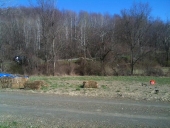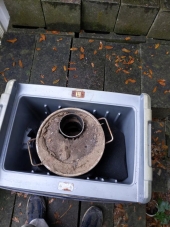













Sustainable Plantations and Agroforestry in Costa Rica




My second question concerns the extremes of weather that we have here in Southeast Missouri. If I'm creating a microclimate for some protection against the harsh winters we have here, will I be creating an oven in the blistering heat of summer time? If that's the case, are there steps I can take to ameliorate that situation?
Lastly, is it horribly un-permie of me to consider using plastic (or other artificial means) in winter time in order to extend seasons or grow veggies that I really shouldn't considering my climatic conditions?















 1
1




Paul Cereghino- Ecosystem Guild
Maritime Temperate Coniferous Rainforest - Mild Wet Winter, Dry Summer

|
We can walk to school together. And we can both read this tiny ad:
The new permaculture playing cards kickstarter is now live!
https://www.kickstarter.com/projects/paulwheaton/garden-cards
|






